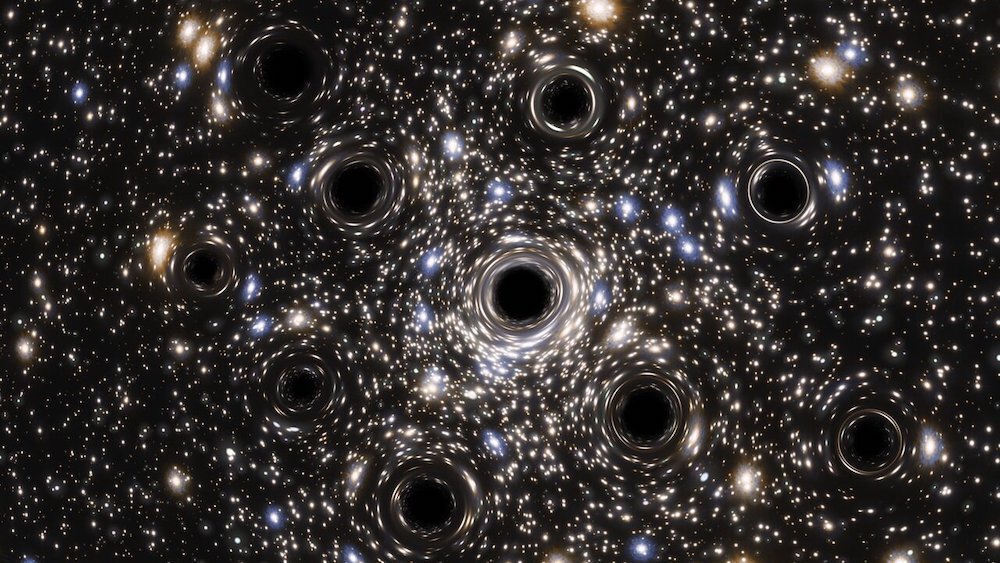The LIGO, Virgo and KAGRA observatories allow scientists to study gravitational waves indicating that black holes are merging somewhere in space. They can tell a lot about their orbits before these events and the reasons that lead to them.

What do gravitational waves tell us about
Scientists from different countries continue to use LIGO, Virgo and KAGRA instruments to detect gravitational waves. These unusual phenomena occur as a result of the merger of black holes and neutron stars. According to their characteristics, it is possible to reproduce how the two bodies move just before the meeting.
In recent years, the capabilities of the technology have improved, the sensitivity has increased, so the number of recorded events is constantly increasing. It is expected that in 2023 gravitational waves from the merger of black holes will be recorded almost every day.
How do black holes meet?
In fact, such a number of mergers of black holes surprises scientists a little. The fact is that they are born in supernova outbursts and during this process all nearby objects are repelled. Therefore, a situation in which two singularities can enter into gravitational interaction is not a common phenomenon in the Universe.
But inside star clusters, where most black holes are believed to be born, such encounters are not something strange. This is where most of the mergers that gravitational wave detectors hear occur.
Inside clusters, two factors contribute to the convergence of black holes. The first one is called mass segregation. It lies in the fact that massive objects tend to “sink” inside clusters, as a result of which massive supernova remnants are grouped in their center.
The second factor is called dynamic interaction. In a cluster, all objects affect each other and if two black holes come closer, then the gravitational fields of the surrounding stars encourage them to interact more and more closely.
“Dance” of black holes
The specific way in which these two factors lead to such a frequent merger of black holes remains unclear. That’s what scientists are now studying in particular detail with the help of gravitational observatories.
It is already known that pairs of black holes before the collision have orbits far from circular. They are usually quite eccentric and even tend to sway. Scientists compare their behavior with “dancing”. Moreover, several pairs of singularities can waltz simultaneously in one cluster.
At the same time, they actively interact with each other. On the one hand, this is a fascinating spectacle, which scientists compare to a carnival, but on the other hand, it is extremely complex. Therefore, a lot of research will be devoted to what happens during such group interaction in the coming years.
According to phys.org
Follow us on Twitter to get the most interesting space news in time
https://twitter.com/ust_magazine

